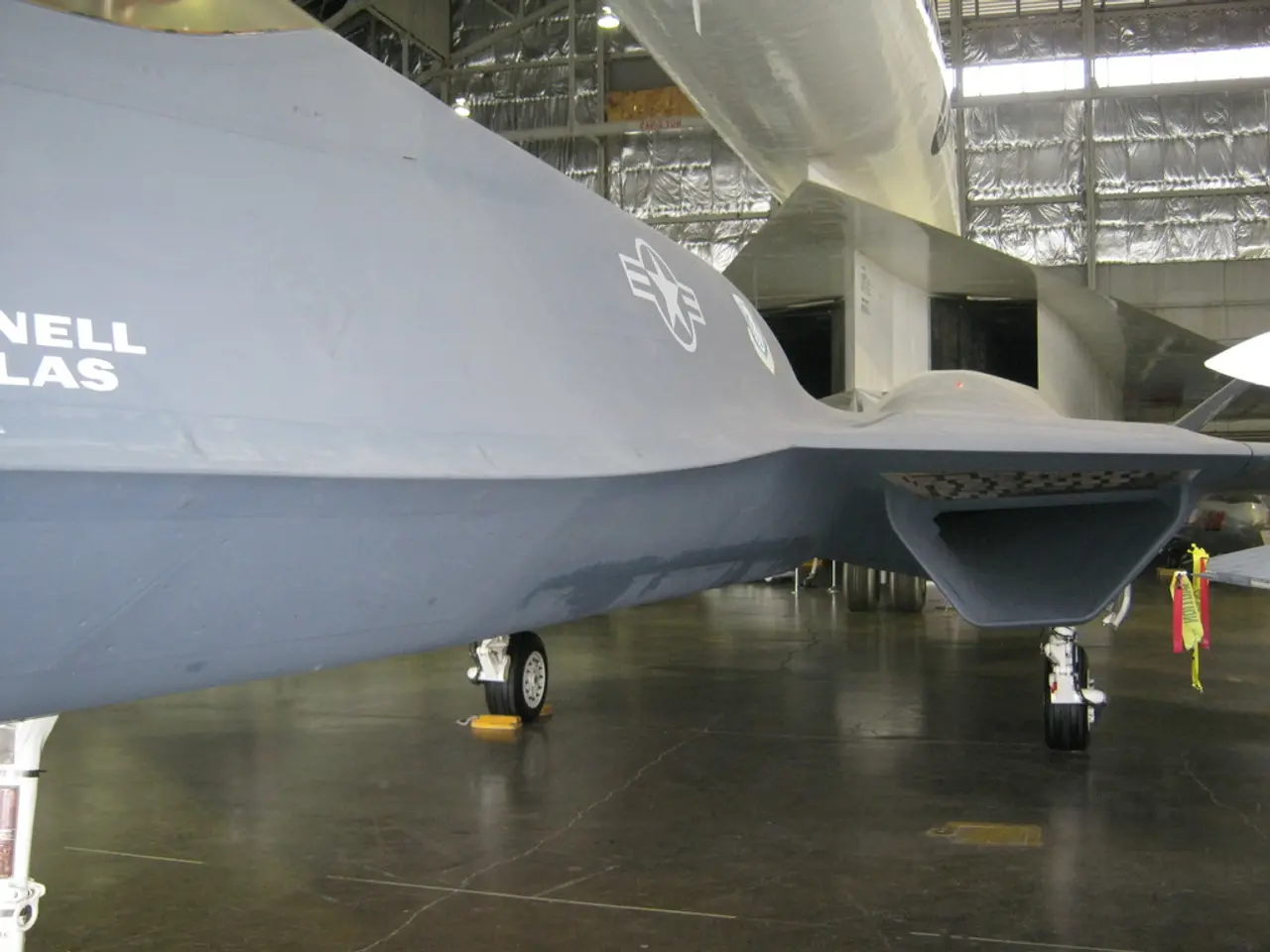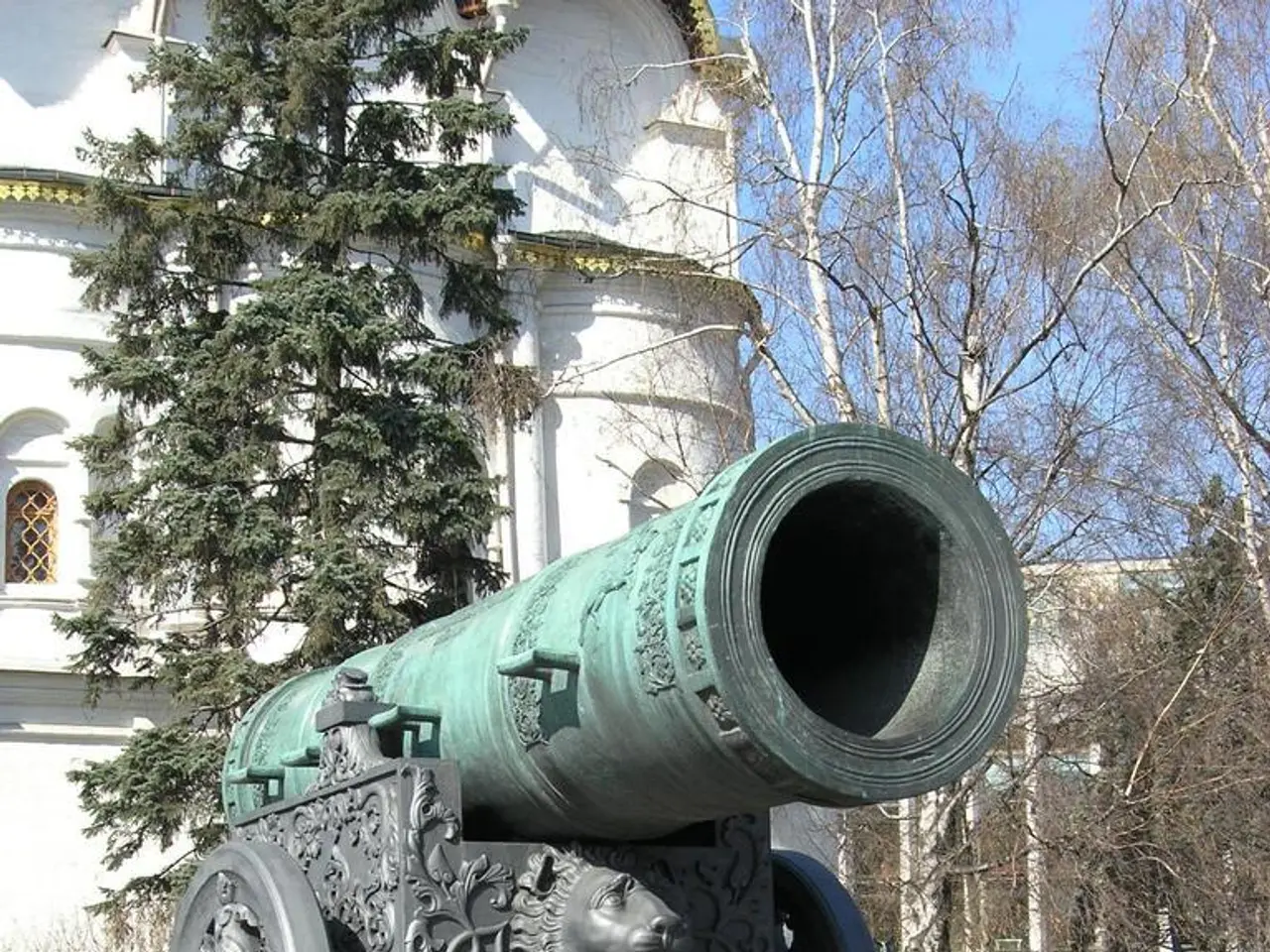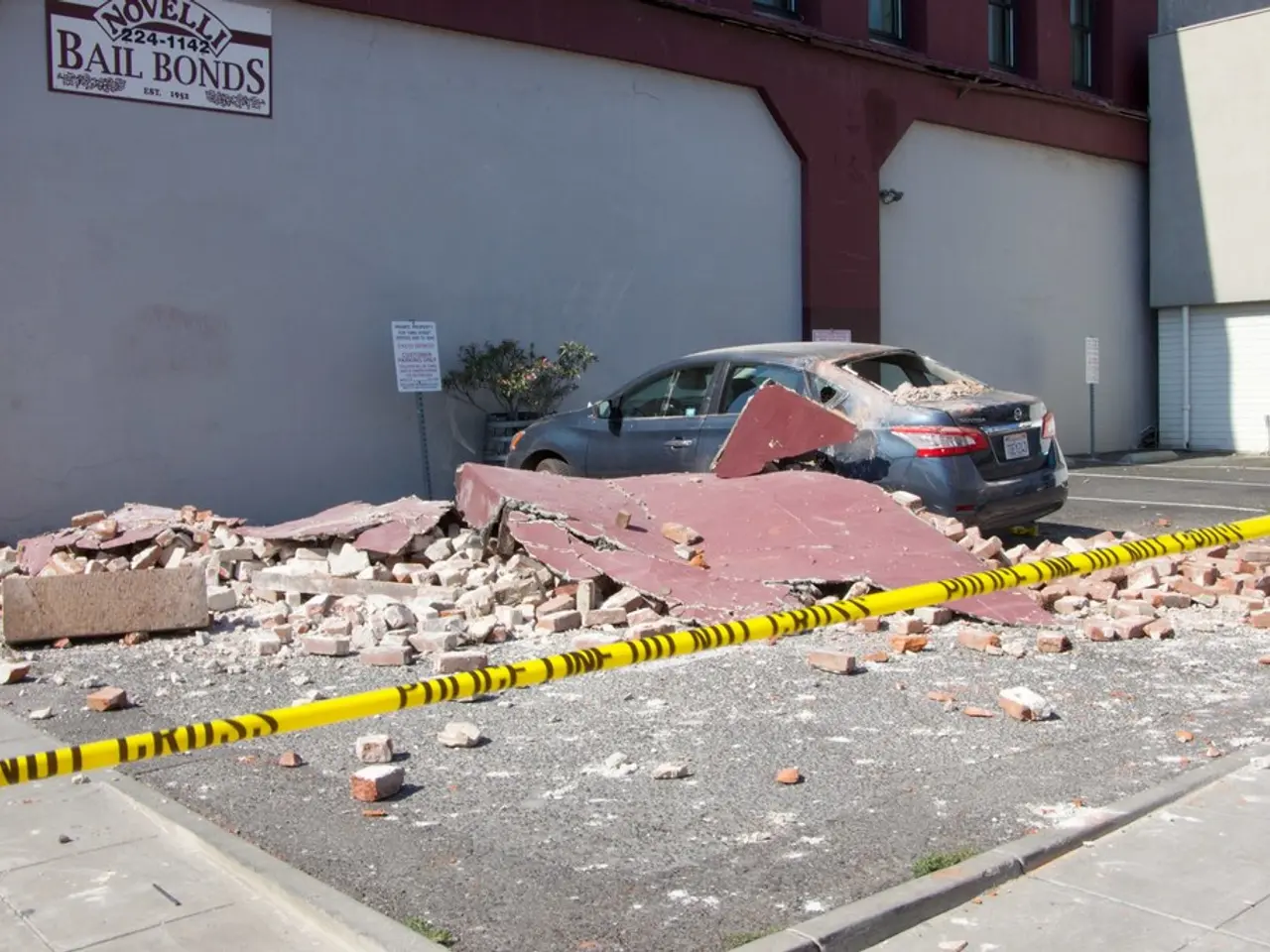Crash of Independent Air Flight 1851
In a tragic turn of events, Independent Air Flight 1851, a Boeing 707 charter flight from Bergamo, Italy, to Punta Cana, Dominican Republic, with a stopover in Santa Maria, Azores, ended in disaster on February 8, 1989. The plane crashed into Pico Alto, Santa Maria's highest mountain, resulting in the deaths of all 144 people on board, making it the deadliest plane crash in Portugal's history.
The investigation into the crash uncovered several contributing factors, with the crew's failure to maintain adequate clearance from Pico Alto being the primary cause. This failure was exacerbated by the crew's lack of training on the aircraft's navigation equipment, a significant factor in the crew's inability to avoid the mountain.
The crew's insufficient familiarity with the navigation and safety systems, such as the Ground Proximity Warning System (GPWS), likely contributed to their confusion during the approach. The GPWS alarm was sounding when the aircraft impacted Pico Alto, indicating problems with situational awareness possibly linked to navigation errors.
The investigation also found that the crew misunderstood the altitude, causing the plane to descend at 2,000 feet instead of the 3,000 feet instructed by Air Traffic Control (ATC). This error, combined with the crew's lack of training and possible navigation aid issues, likely played a significant role in the crash.
However, the investigation did not find any evidence of mechanical failure as a cause of the crash.
The tragic accident of Independent Air Flight 1851 underscores the importance of proper crew training and adherence to safety procedures. Had the crew been properly trained and maintained adequate clearance from Pico Alto, the crash could have been prevented.
The aircraft involved in the crash was a 21-year-old Boeing 707-138B previously operated by Trans World Airlines (TWA). The crew consisted of seven Americans, and the passengers were all Italian tourists. The plane entered heavy clouds in a mountainous area one minute before impacting Pico Alto.
The investigation into Independent Air Flight 1851's crash serves as a grim reminder of the potential consequences of inadequate training and navigation errors. It highlights the need for continual emphasis on crew training and adherence to safety procedures to prevent similar tragedies in the future.
- The aviation industry must prioritize the improvement of training programs for crews across the globe to prevent accidents like the one involving Independent Air Flight 1851.
- As the investigation showed, a lack of familiarity with the navigation and safety systems, such as the Ground Proximity Warning System (GPWS), was a significant contributing factor to the crash.
- The finance department of any transportation company should ensure that adequate resources are allocated for crew training and safety procedures, as General News stories about aviation accidents often highlight the importance of these measures.
- The crime-and-justice system might want to review the role of the crew's training and adherence to safety procedures in the context of determining liability, as it has been shown that such factors can play a decisive role in fatal transportation accidents like Independent Air Flight 1851.




